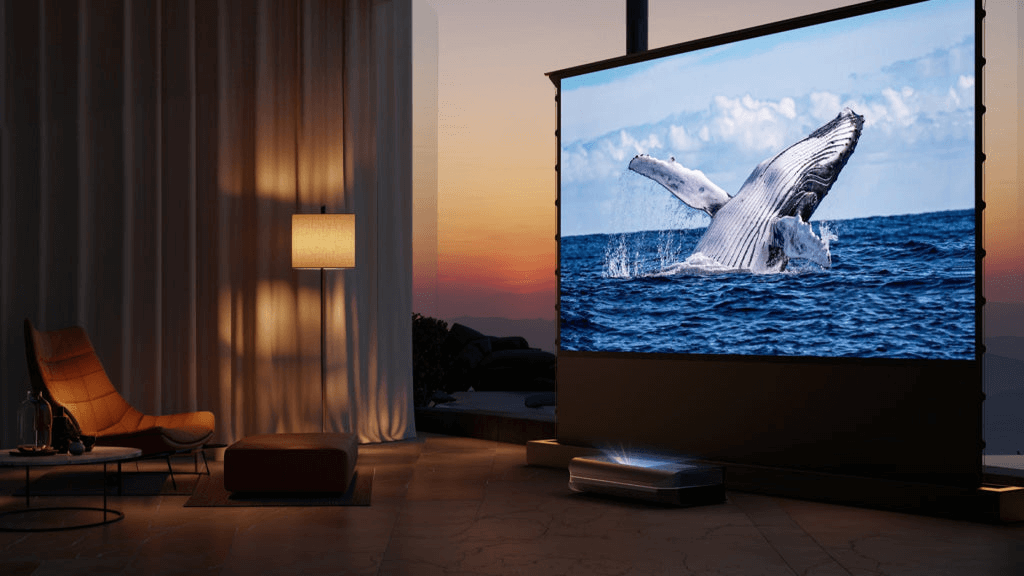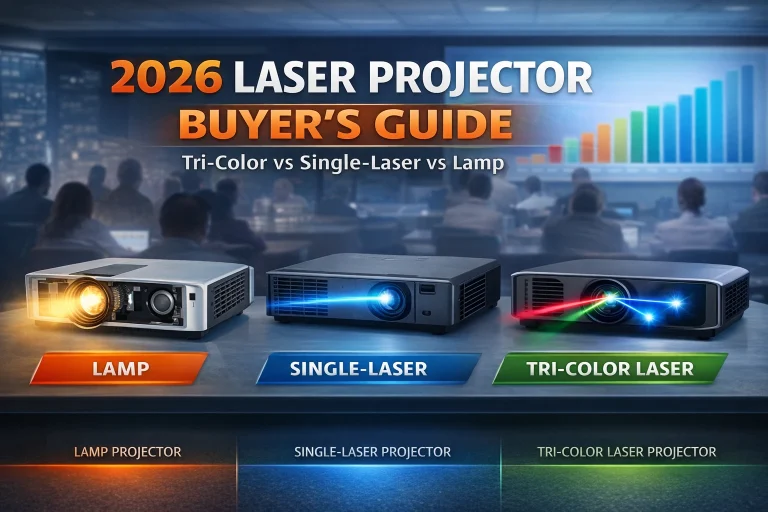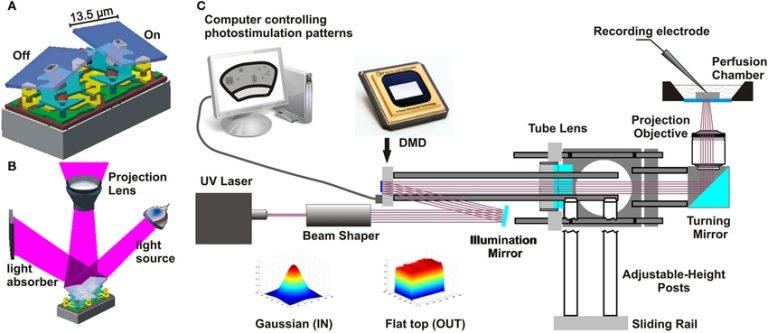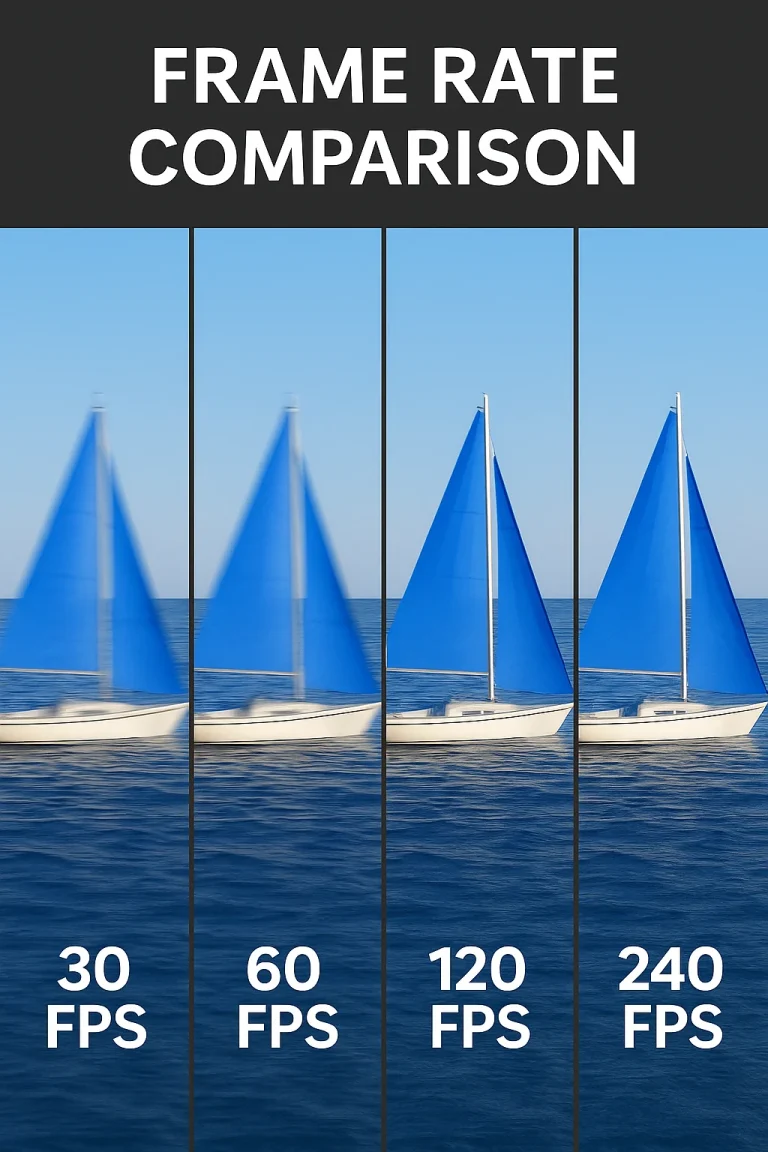There’s nothing quite like the feeling of buying your first projector! I remember when I received my first projector in the mail: the box practically screamed “3,000 Lumens!” With that number, I envisioned reclining in my living room, surrounded by family, experiencing cinema-quality movie nights. But it must have only been 30 seconds after firing it up that I snapped out of that dream. The image was dim, the colors looked washed-out, and I found myself squinting from my reclined position in a room that was nearly pitch-black. What had gone wrong? I had succumbed to the great lumen trap.
The Wild West of Projector Brightness: Why “Lumens” Can Be Misleading
What is an ANSI lumen?
Finally we arrive at the hero of the story, the ANSI lumens. When you see this term, you can rest easy because that brightness rating is made following a rigorous, repeatable, and internationally accepted standard.
What is ANSI?
ANSI stands for the American National Standards Institute. This is private non-profit organization that has been involved with developing voluntary consensus standards for products, services and systems since 1918. Their goal is to provide consistency and quality in products and services across many different industries. When ANSI approves a measurement standard, such as projector brightness, they provide one more layer of trust.
How are ANSI Lumens measured?
- Controlled Environment: The testing is performed in a totally dark room at 25°C – this is important because it prevents any ambient light interference.
- Standardized Picture: The projector displays the entire screen white.
- The Nine-Point Measurements: The screen will be divided by a 3×3 grid (like a tic-tac-toe board). A light meter will measure the brightness (in lux) at the center of each of these nine squares.
- The Average: These nine measurements will be averaged together to provide one average brightness measurement for the screen.
Why This Process is Important to You:
The Lumen Showdown: ANSI vs. the Other Guys
ANSI Lumens vs Light Source Lumens – The Confusion
ANSI Lumens vs. LED Lumens: The Question of Perceived Brightness
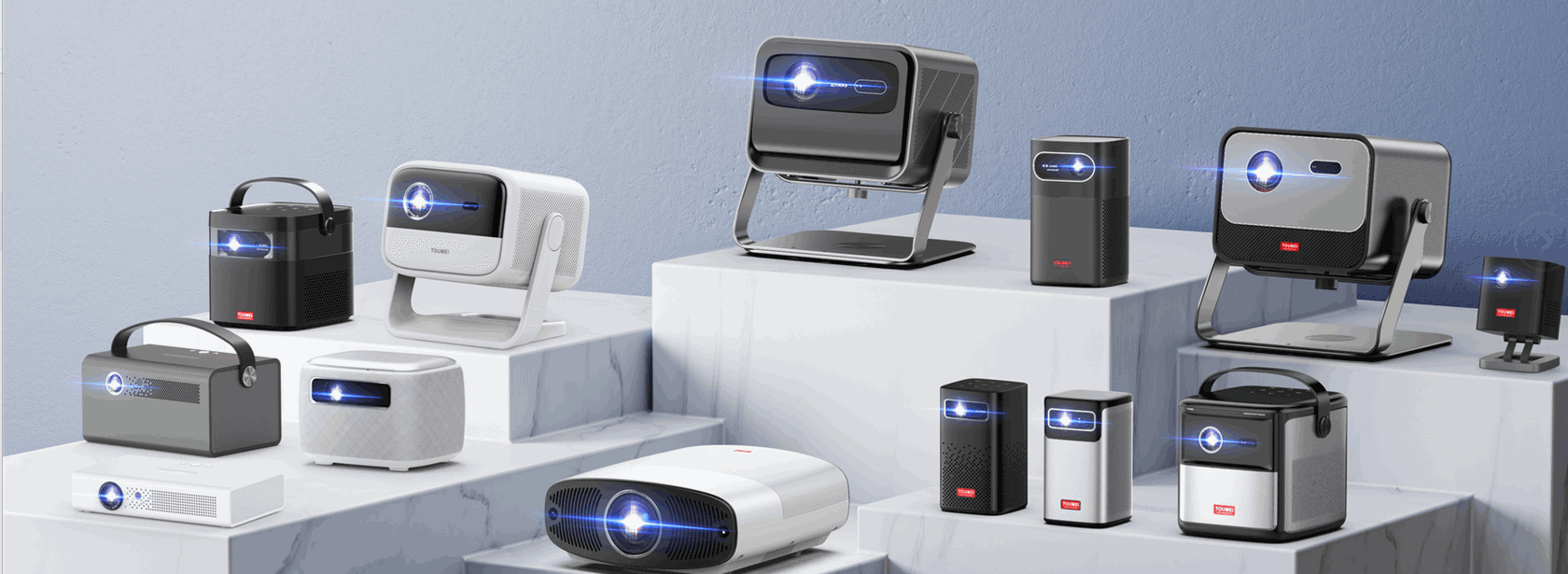
ANSI Lumens vs. ISO Lumens: A Malavase of Style
Just a Note About CVIA Lumens
More recently, you may see the CVIA lumens standard, which comes mainly from Chinese manufacturers, CVIA lumens is from the China Video Industry Association. CVIA lumens also is a 9-point average with greater color temperature and production consistency. For instance, CVIA lumens dictates that the production units yield at least 80% of rated production brightness. As Formovie describes it is designed to be a more transparent and authentic representation of brightness. It’s just one more step toward reliable consumer rating standards.
Putting It All Together: How Many ANSI Lumens Do You Actually Need?
- The Dedicated Home Cinema (Dark Room)
- The Living Room (Some Ambient Light)
- The Office or Classroom (Brightly Lit)
- For Outdoor Movie Nights (Dusk/Night)
Watching a movie outside is great fun, but you will have some competition from the moon, and possibly some street lights. You will want a portable projector with at least 2,000 ANSI lumens for a vibrant image. I will also say this – projecting during the day is a completely different story and it is incredibly difficult to find, not to mention extremely expensive ($10,000+) projectors for narrow and bright conditions – like projecting in the 5,000-10,000 lumen range! So it is probably not practical for casual use!
Beyond the Lumens: Other Factors That Impact Your Viewing Experience
- Contrast Ratio: Contrast ratio is the difference between the darkest black to the brightest white a projector can provide. A higher contrast ratio will create rich blacks and more pop to the image. Certain features, like Dynamic Iris, can greatly enhance the contrast as it has the ability to adjust the light output on a scene by scene basis.
- Color Accuracy: No matter how bright the image is, it will be useless if the colors don’t display correctly. Look for projectors that will cover a wide range of color gamut, such as Rec.709 or DCI-P3 for a more rich and lifelike color experience.
- Resolution: Resolution is a big determinant of image sharpness. Native 1080p (Full HD) is considered good quality. Native 4K resolution will provide an incredibly detailed image for a premium viewing experience. Be careful of “4K compatible” projectors. These can receive a 4K signal, but they will only be used with a lower native resolution.
- Screen Type: The type of screen you are projecting onto is going to play a part in what your image looks like. An actual projector screen will always be better than projecting onto a wall. There are also specialty screens (such as ALR or high gain) that will provide a much brighter and larger contrast in environments that fit those types of screens.
Conclusion: Your Brightest Path Forward
Think of "lumens"; as a potentially vague marketing term and "ANSI lumens" as a certified, scientific measurement. ANSI lumens are measured using a standardized 9-point average method, giving you a reliable, real-world brightness value that can be compared across different brands. A simple "lumen" rating without the ANSI prefix could be measured in any number of ways and is often inflated.
It depends entirely on your environment. For a dark bedroom or dedicated home theater projecting a moderately sized image, 1,000 ANSI lumens can be perfectly adequate and provide a great cinematic experience. However, in a living room with some ambient light, that same projector might look washed out. For brighter rooms, you'll generally want to start around 2,000 ANSI lumens or more.
There is no official, standardized conversion. However, manufacturers who use the "LED lumen" metric often claim it's about 2.4 times the ANSI lumen value. Therefore, a common (but unofficial) way to estimate is to divide the LED lumen number by 2.4. For example, a projector marketed with 2,400 LED lumens might have an actual brightness of around 1,000 ANSI lumens. Always treat this as a rough estimate, as the conversion factor is not universally agreed upon.
Yes. In a completely dark room, an excessively bright projector can cause eye strain and make it difficult for your eyes to perceive deep blacks and subtle shadow detail, leading to a flat, washed-out image. More brightness is not always better; the goal is the *appropriate* level of brightness for your viewing environment to achieve the best contrast and overall picture quality.
Often, it's a marketing strategy. Non-standardized measurements like ";light source lumens" or "LED lumens"; produce much higher, more impressive-sounding numbers. A brand might prefer to advertise "5,000 lumens" instead of the more accurate "2,000 ANSI lumens" to appear more competitive at first glance. Reputable brands that are confident in their product's performance are more likely to use the standardized ANSI or ISO lumen rating.
They are very similar and both are trustworthy, international standards. Both use a 9-point grid measurement to determine average brightness. While there are minor technical differences in the standards (ISO 21118 vs. ANSI IT7.228), for a consumer, they can be considered practically interchangeable. If a projector lists either ISO or ANSI lumens, you can trust the brightness specification.



